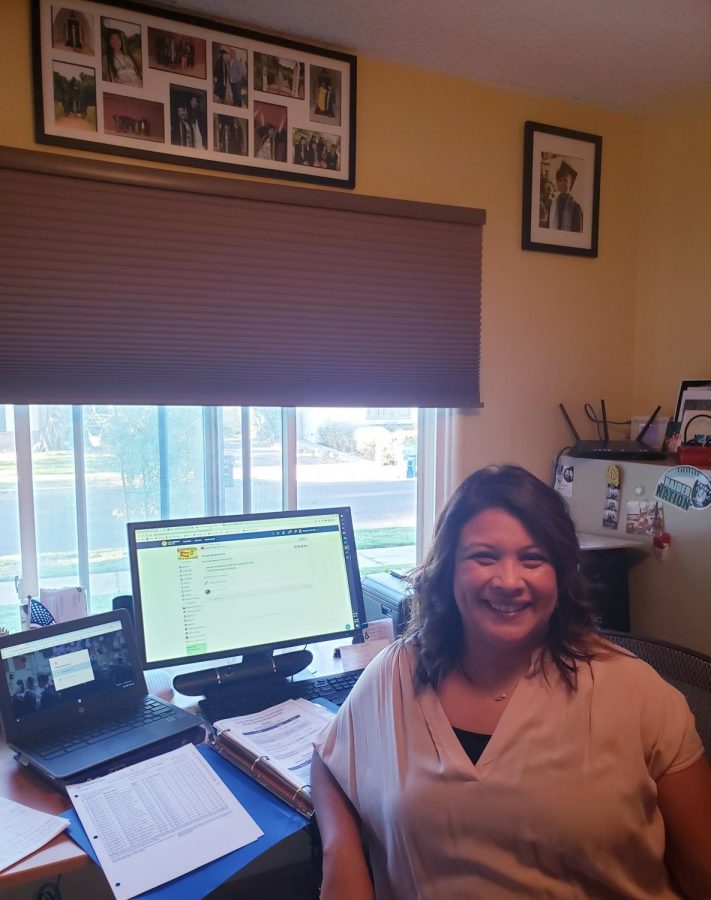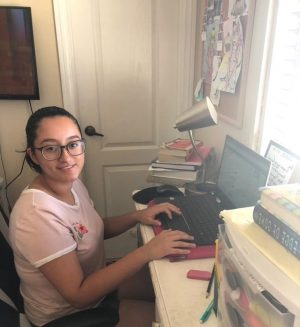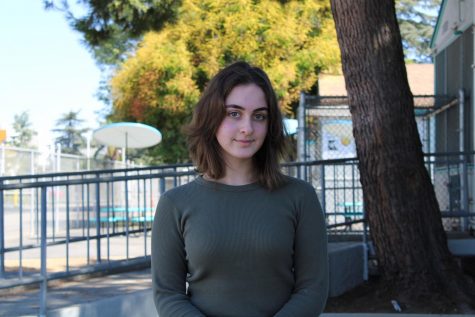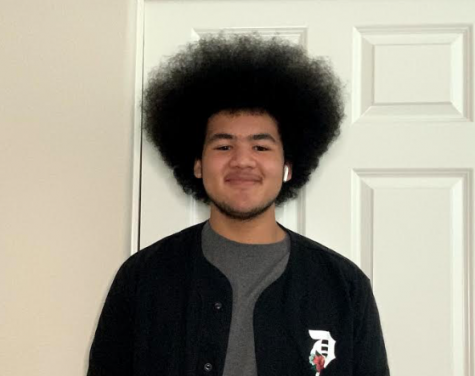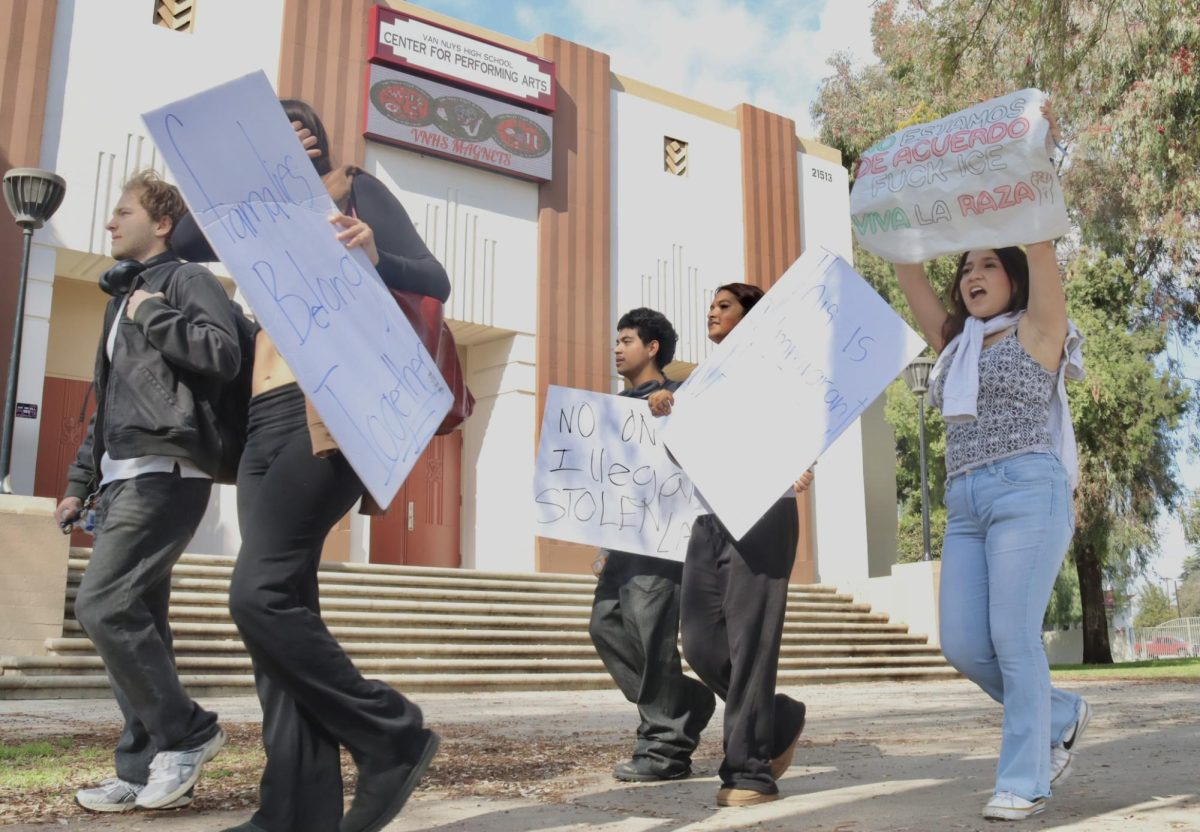As teachers’ WiFi cuts out, so does connection with students
Valery Barrera, Shannon Sullivan, and Harlow Frank
October 8, 2020
With his wife and two children also online, English teacher Ron Baer has had internet issues during distance learning. His alternative has been to return to campus and teach from his classroom.
“It’s weird being here because I’m all the way in that back room,” said Baer, who feels odd being on campus with barely any appearances from staff. “I’m like a ghost here. . . If anything were to happen, no one would know.”
Even though distance learning has been going on since the spring semester of the last school year, faculty and students are still struggling with technical difficulties. Whether a website crashes, a student’s audio doesn’t work or Wi-Fi suddenly stops working, teachers have no control over many situations like these. Now half-way through the fall semester, it’s been a hassle to keep a connection with students and get into the routine of being in school virtually again.
“It was a really tough time holding onto people,” Baer said. “No one really knew what to expect, so it was hard. March 13th just hit and suddenly it was just crazy.”
Baer’s class is located far from the main hall, so he feels strange being at school basically alone. Without seeing faces, hearing voices, and the limited class time, it’s hard for him to find a balance between “getting-to-know-you” activities and classwork.
For teachers working from home, things haven’t gone smoothly, either. Spanish teacher Glenda Hurtado has experienced situations with Zoom crashing and attending her own class 20 minutes late.
Not only are teachers having issues with glitches in the system but teachers also struggle with the lack of colleague connection. Companionship with co-workers kept Hurtado going. She makes the effort to have short meetings to catch up and see how her colleagues are doing and how their classes are coming along. However, with the tight schedules that they possess, it’s not easy for Hurtado to keep up the communication.
“Not having any feedback (from co-workers is hard),” Hurtado said. “Am I doing the right thing? Or did I miss a step?”
For teachers, it may be difficult that students don’t communicate but in some cases, shy students feel comfortable verbally conversing with their teachers online according to science teacher Mayada Hatamleh. It really puts a smile on teachers’ faces to hear their students speak and be involved, especially the ones who never have. It’s a breakthrough for many students and this brings satisfaction to Hatamleh.
“I have noticed, especially in advisory, that some kids are actually more confident because I can’t see them,” Hatamleh said. “They’re actually opening up to me more and sooner.”
Hurtado feels that a teacher’s connection with their students is a significant part of the teaching and learning experience. The fall semester has more to come and Hurtado is hoping schools will soon begin to welcome students and teachers back into the classrooms.
Hatamleh believes that distance learning is the best method and everybody will eventually start growing accustomed to online schooling. She feels a better-developed connection with some of her students and has hopes for more bonds to form.
“We don’t need to look at it super negatively,” Hatamleh said. “Things won’t always be exactly the way you’re used to. Hiccups will happen. There will be bumps. This is a bump.”


